In recent years technological advancements and globalization made our life fast, busy and full of crowding. The machines take away pressure on our muscles. But the pressure on nerves has increased greatly. These enormous amounts of pressures result in stress disorders or psychosomatic disorders.
Stress is caused by the body’s instinct to defend itself. This instinct is good in emergency situations. But it can cause physical ill health if it goes on for too long. It makes you feel anxious, afraid, worried and uptight. Stress can cause health problems or make problems worse if you don’t learn ways to deal with it. Take advice from family doctor when you feel stressful, either in workplace or at home.
Tension in the mind expresses itself in form of impulses that flow from brain to various muscles of the body. If these impulses continue to make an impact on various parts of the body, they interfere with their normal functioning. This gives rise to malfunctioning of various organs of the body, resulting in a variety of disorders such as hypertension, insomnia, diabetes, rheumatoid arthritis, acidity, flatulence, and so on. These diseases get expressed in the organ. But its cause cannot to be found in the organ itself. It is located in the mind.

Possible Signs of Stress
* Anxiety
* Back pain
* Constipation or diarrhea
* Depression
* Fatigue
* Headaches
* High blood pressure
* Insomnia
* Problems with relationships
* Shortness of breath
* Stiff neck
* Upset stomach
* Weight gain or loss
How to Get Away From Stress?
* Learn to recognize when you’re feeling stressed. Early warning signs of stress include tension in your shoulders and neck, or clenching your hands into fists
* Choose a way to deal with your stress. One way is to avoid the event or thing that causes stress — but often this is not possible. A second way is to change how you react to stress. This is often the best way
* Don’t worry about things you can’t control, like the weather
* Prepare to the best of your ability for events you know may be stressful, like a job interview
* Try to look at change as a positive challenge, not a threat
* Work to resolve conflicts with other people
* Ask for help from friends, family or professionals
* Set realistic goals at home and at work
* Exercise on a regular basis
* Eat well-balanced meals and get enough sleep
* Meditate
* Get away from your daily stresses with group sports, social events and hobbies
Stress is caused by the body’s instinct to defend itself. This instinct is good in emergency situations. But it can cause physical ill health if it goes on for too long. It makes you feel anxious, afraid, worried and uptight. Stress can cause health problems or make problems worse if you don’t learn ways to deal with it. Take advice from family doctor when you feel stressful, either in workplace or at home.
Tension in the mind expresses itself in form of impulses that flow from brain to various muscles of the body. If these impulses continue to make an impact on various parts of the body, they interfere with their normal functioning. This gives rise to malfunctioning of various organs of the body, resulting in a variety of disorders such as hypertension, insomnia, diabetes, rheumatoid arthritis, acidity, flatulence, and so on. These diseases get expressed in the organ. But its cause cannot to be found in the organ itself. It is located in the mind.
Possible Signs of Stress
* Anxiety
* Back pain
* Constipation or diarrhea
* Depression
* Fatigue
* Headaches
* High blood pressure
* Insomnia
* Problems with relationships
* Shortness of breath
* Stiff neck
* Upset stomach
* Weight gain or loss
How to Get Away From Stress?
* Learn to recognize when you’re feeling stressed. Early warning signs of stress include tension in your shoulders and neck, or clenching your hands into fists
* Choose a way to deal with your stress. One way is to avoid the event or thing that causes stress — but often this is not possible. A second way is to change how you react to stress. This is often the best way
* Don’t worry about things you can’t control, like the weather
* Prepare to the best of your ability for events you know may be stressful, like a job interview
* Try to look at change as a positive challenge, not a threat
* Work to resolve conflicts with other people
* Ask for help from friends, family or professionals
* Set realistic goals at home and at work
* Exercise on a regular basis
* Eat well-balanced meals and get enough sleep
* Meditate
* Get away from your daily stresses with group sports, social events and hobbies



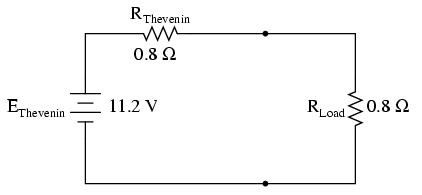
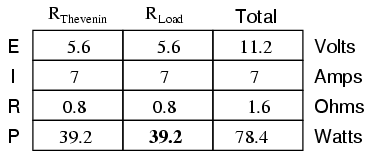

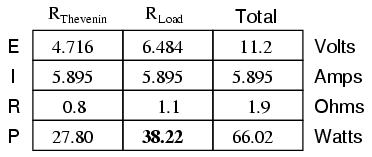
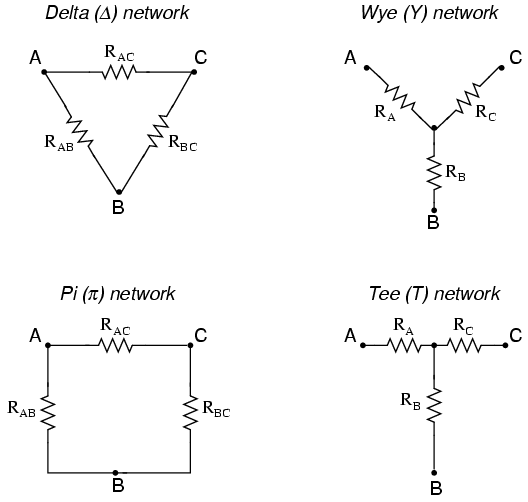

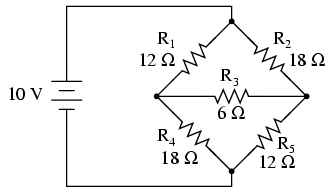



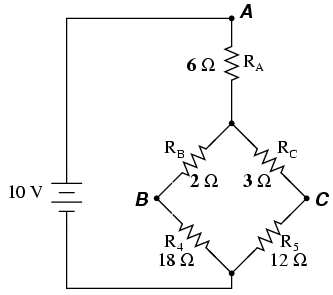
















 1. Mozilla Firefox Mozilla Firefox, a free of charge Internet browser developed by Mozilla Corporation is well-known amongst internet users for its fantastic functions. The most recent version of Mozilla Firefox, ie Firefox version four, supports features such as spell checking, tabbed browsing, live bookmarks, incremental field, location-conscious navigation and several other people. To support internet developers, the open source browser delivers a complete environment for integrated tools.
1. Mozilla Firefox Mozilla Firefox, a free of charge Internet browser developed by Mozilla Corporation is well-known amongst internet users for its fantastic functions. The most recent version of Mozilla Firefox, ie Firefox version four, supports features such as spell checking, tabbed browsing, live bookmarks, incremental field, location-conscious navigation and several other people. To support internet developers, the open source browser delivers a complete environment for integrated tools. 2. Net Explorer
2. Net Explorer 3. Google Chrome
3. Google Chrome 4. Apple Safari
4. Apple Safari 5. Opera
5. Opera

